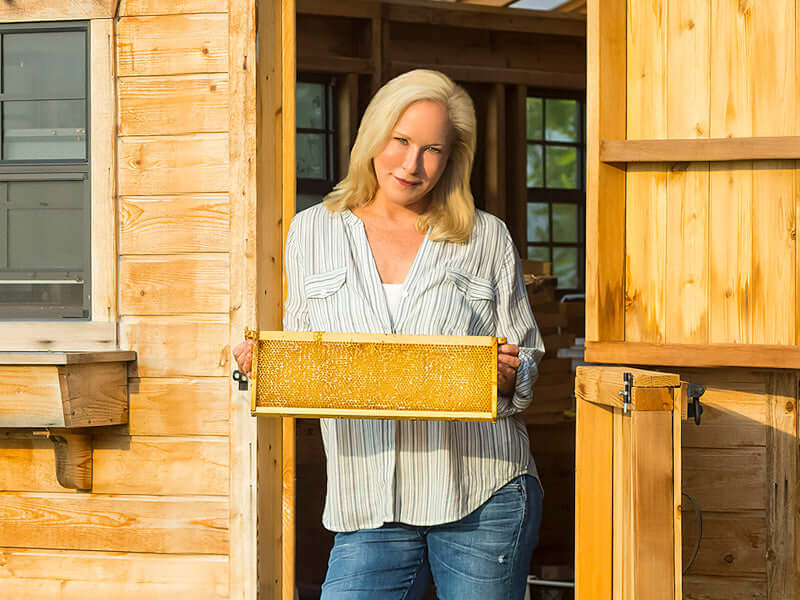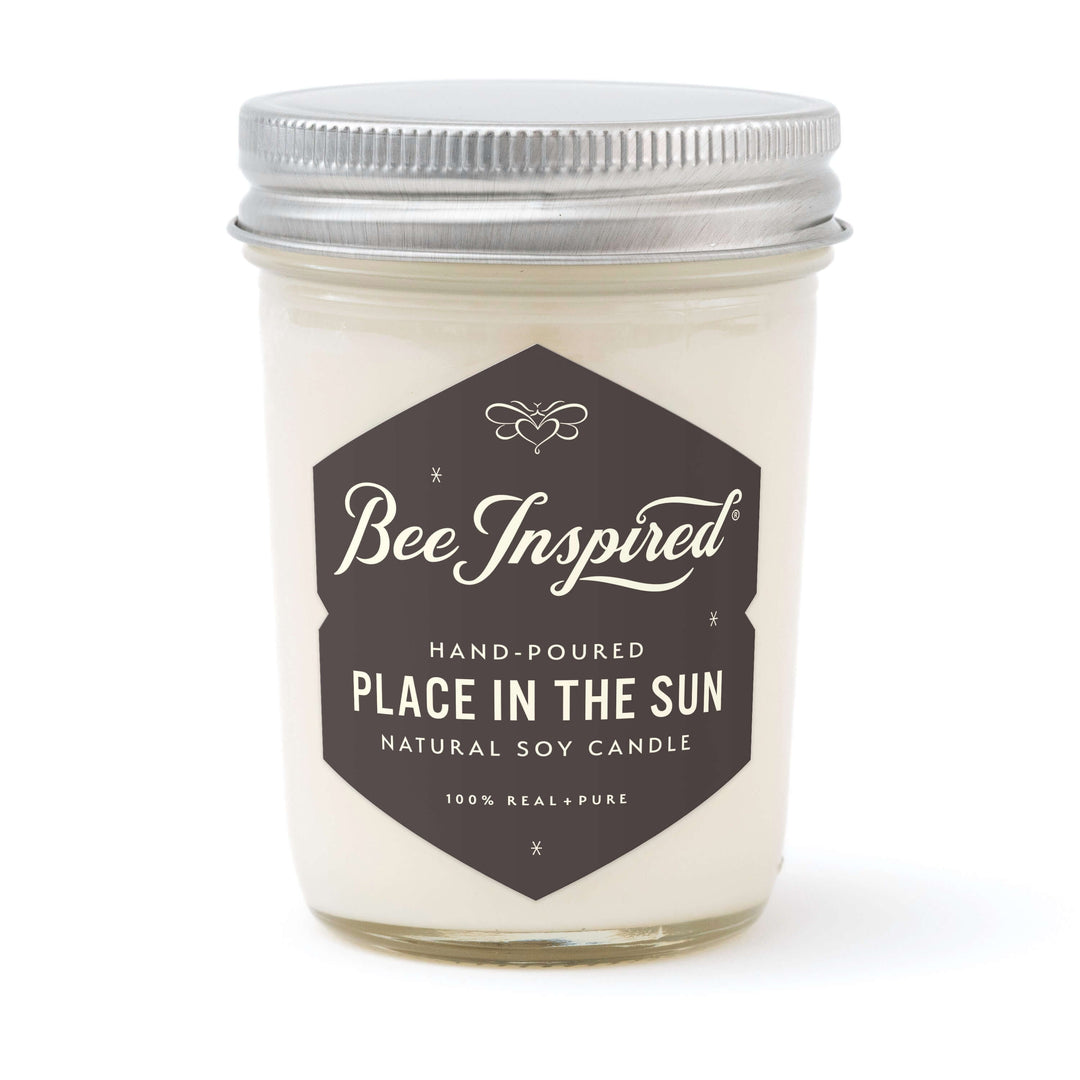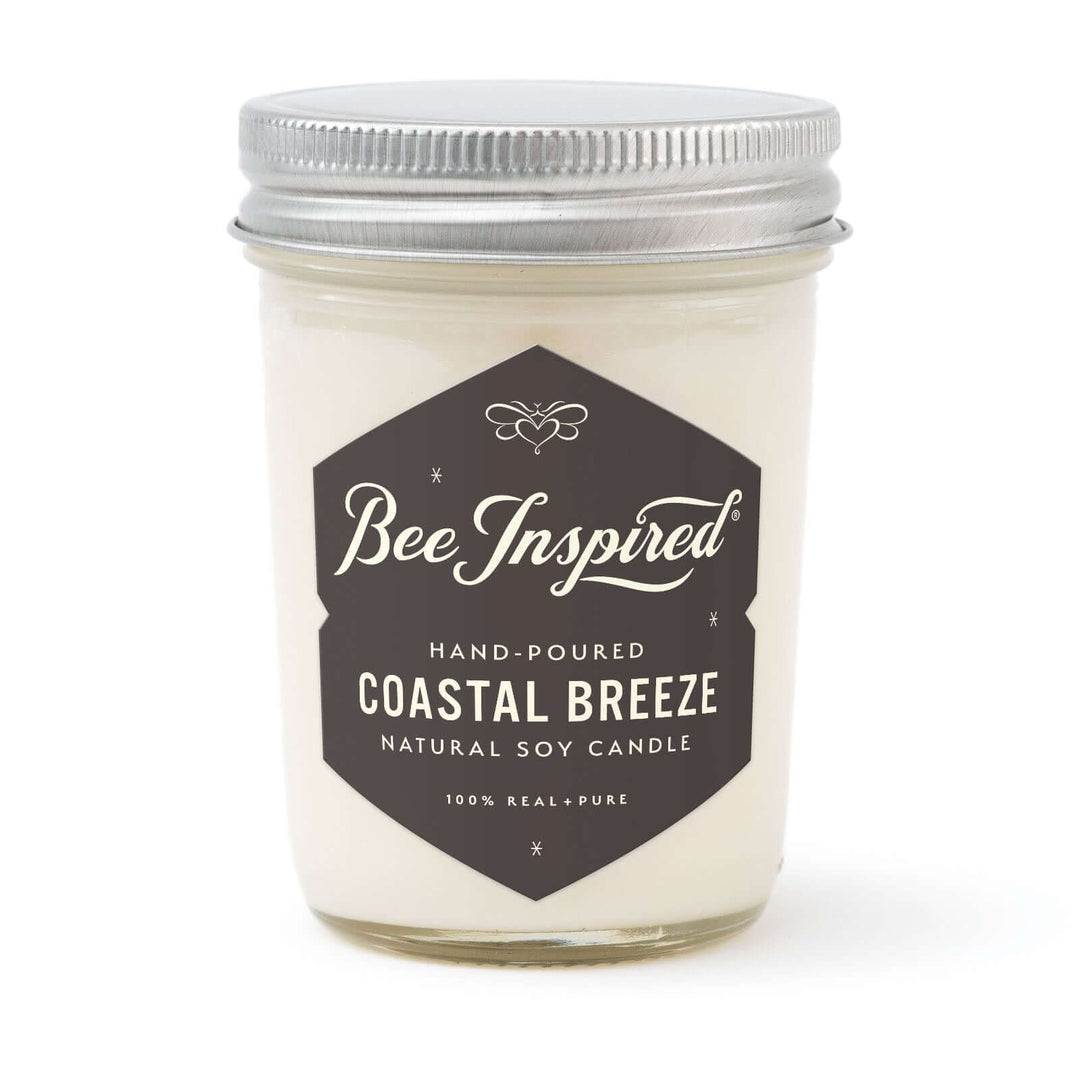Dry brushing has become one of the most popular natural skincare practices for good reason. This simple technique involves using a natural bristle brush on dry skin to support circulation, help with gentle exfoliation, and create a relaxing self-care routine. Whether you're new to dry brushing or looking to refine your technique, this comprehensive guide covers everything you need to know about this ancient wellness practice.
What is Dry Brushing?
Dry brushing is a skincare technique that involves gently brushing your skin with a natural bristle brush in specific patterns. This practice, which has historical roots in Ayurvedic traditions and Scandinavian cultures, focuses on stimulating the skin's surface through gentle, circular motions directed toward the heart.
The process typically takes 5-10 minutes and is most commonly performed before showering on completely dry skin. Unlike chemical exfoliation methods, dry brushing provides mechanical exfoliation that can be easily incorporated into your daily routine.
Potential Benefits of Dry Brushing
While individual results may vary, many people who practice dry brushing regularly report several potential benefits:
Gentle Exfoliation
The natural bristles of a dry brush may help remove dead skin cells from the surface, potentially leaving skin feeling smoother. This gentle mechanical exfoliation can be particularly beneficial for those looking for a natural alternative to chemical exfoliants.
Circulation Support
The brushing motion may help support healthy circulation by encouraging blood flow to the skin's surface. Many users report feeling more energized after their dry brushing routine, possibly due to this circulatory effect.
Lymphatic System Support
Some practitioners believe that dry brushing may help support the lymphatic system, which plays a role in the body's natural detoxification processes. While more research is needed, the gentle massage-like motion might encourage lymphatic drainage.
Skin Texture and Appearance
Regular dry brushing enthusiasts often notice improvements in their skin's texture and overall appearance. The exfoliation process may help smooth rough patches and create a temporary plumping effect.
Relaxation and Self-Care
Beyond the physical benefits, dry brushing can serve as a mindful self-care ritual that many find relaxing and stress-reducing.

How to Dry Brush: Step-by-Step Guide
Choose the Right Brush
Start with a high-quality brush made from natural bristles. Look for:
- Natural fiber bristles (avoid synthetic materials)
- Firm but not overly stiff bristles
- A long handle for hard-to-reach areas
- Medium-sized brush head for versatility
Best Time to Dry Brush
The optimal time for dry brushing is in the morning before your shower, on completely dry skin. This timing allows you to:
- Start your day with an energizing routine
- Wash away any loosened dead skin cells immediately after
- Follow up with moisturizing products on clean skin
Proper Technique
Step 1: Start with Your Feet: Begin at your feet and work upward using long, gentle strokes. Brush in the direction toward your heart, using light to moderate pressure. Avoid pressing too hard, as this can irritate the skin.
Step 2: Work Up Your Legs: Continue brushing up your legs, covering the front, back, and sides. Pay special attention to any rough areas like knees or ankles.
Step 3: Address Your Torso: When you reach your stomach area, use circular, clockwise motions. This follows the natural direction of digestion and may feel more comfortable.
Step 4: Brush Your Arms: Starting at your hands, brush up your arms toward your shoulders. Include your palms and the backs of your hands.
Step 5: Finish at Your Chest: Complete your routine by gently brushing toward your heart from your shoulders and upper chest.

Post-Dry Brushing Care
After your dry brushing session, it's important to care for your newly exfoliated skin:
Shower and Cleanse
Take a shower to remove any loosened dead skin cells. Consider using a gentle, natural body wash or honey body scrub for additional exfoliation benefits.
Hydrate Your Skin
Apply a nourishing moisturizer while your skin is still slightly damp. This helps lock in moisture and can enhance the absorption of beneficial ingredients. Consider using body butter or body oil for deep hydration.
Focus on Feet and Legs
Give extra attention to your feet and legs, which often need additional moisture. A specialized foot care routine can complement your dry brushing practice perfectly.
Important Considerations and Precautions
When to Avoid Dry Brushing
Do not dry brush if you have:
- Open wounds or cuts
- Active skin infections
- Severe eczema or psoriasis flare-ups
- Sunburned skin
- Particularly sensitive skin that becomes easily irritated
Signs You're Brushing Too Hard
- Skin becomes bright red rather than slightly pink
- Experiencing pain or discomfort
- Skin feels raw or scratched
- Irritation persists hours after brushing
Brush Maintenance
Keep your brush clean and hygienic by:
- Rinsing with warm, soapy water weekly
- Allowing it to air dry completely
- Storing in a well-ventilated area
- Replacing every 6-12 months or when bristles become too soft

Creating Your Perfect Dry Brushing Routine
Frequency Guidelines
Most people find success with dry brushing 2-3 times per week, though some prefer daily sessions. Start slowly and adjust based on how your skin responds.
Seasonal Adjustments
During winter months when skin tends to be drier, you might reduce frequency or use lighter pressure. In summer, when skin may be more resilient, you might increase your routine.
Combining with Other Practices
Dry brushing pairs beautifully with other natural skincare practices:
- Follow with natural bath soaks for extra relaxation
- Use honey-based skincare products for additional nourishment
- Incorporate into your broader self-care routine with aromatherapy or meditation
Building a Complete Natural Skincare Routine
Dry brushing works best as part of a comprehensive natural skincare approach. Consider incorporating:
- Gentle Cleansing: Use natural, honey-based cleansers
- Regular Exfoliation: Alternate between dry brushing and gentle scrubs
- Deep Moisturizing: Apply nourishing oils and butters consistently
- Seasonal Care: Adjust your routine based on weather and skin needs
For more natural skincare inspiration, explore our complete collection of honey skincare products and discover additional exfoliation techniques.

Start Your Natural Dry Brushing Journey Today
Dry brushing offers a simple, natural way to support your skincare routine and create a mindful self-care practice. While individual results may vary, many people find this gentle technique helps improve their skin's texture and provides a relaxing start to their day.
Remember to listen to your body, start slowly, and always follow up with proper moisturization. With consistency and the right technique, dry brushing can become a valuable addition to your natural wellness routine.
Ready to start your dry brushing journey? Complete your routine with our natural body care collection designed to nourish and protect your skin.













